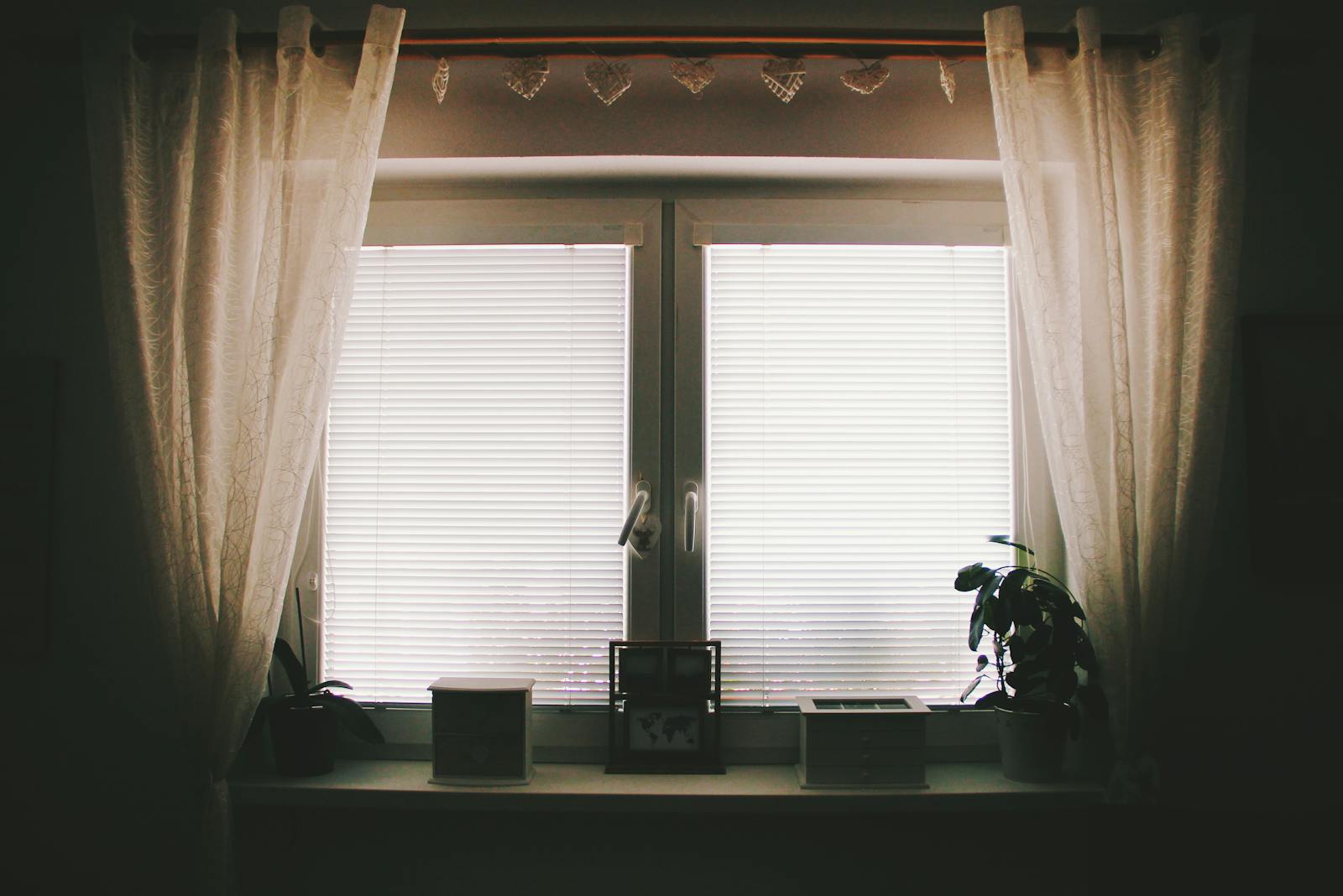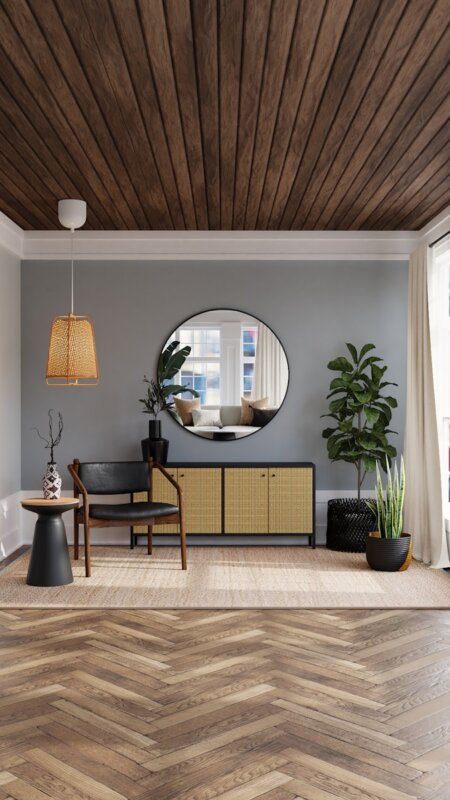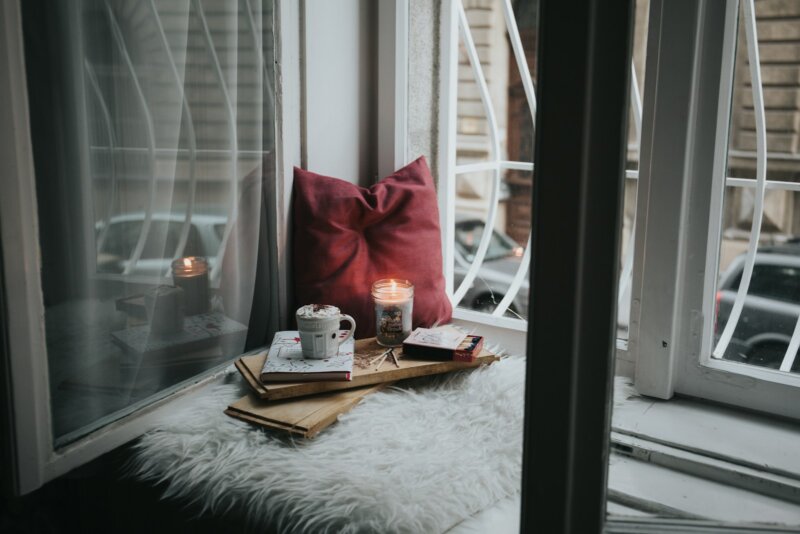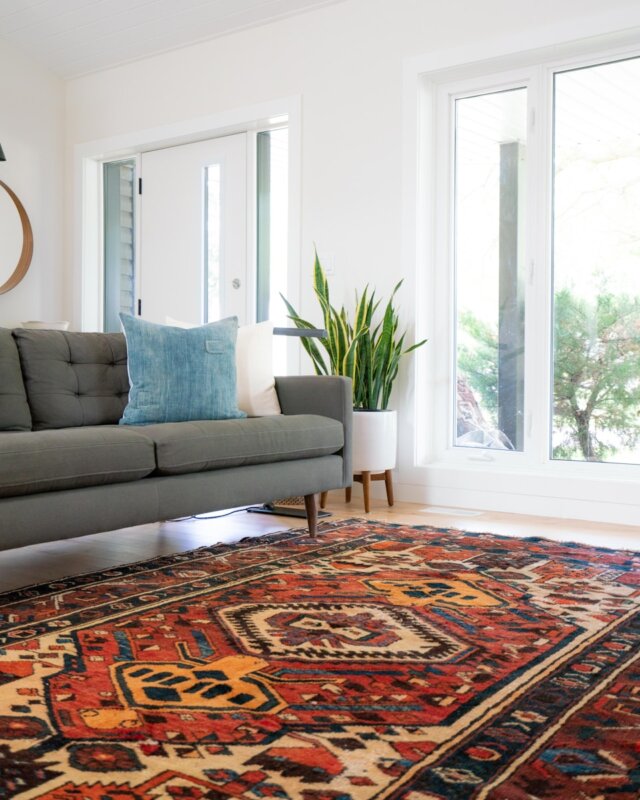Stuck between curtains and blinds for each room? You are not alone. Window treatments shape light, privacy, and home decor in big ways. This guide makes the choice simple with clear tips and real options.
Key Factors to Consider
Picking window treatments affects style, functionality, and cost. Each room has different needs for privacy, light control, and energy efficiency. A quick plan helps you get the right fit for your room style and budget.
Light control and privacy
Blinds use slats you can tilt. That lets you fine tune brightness at any time. They shine in spaces with changing sun, like kitchens and home offices.
Curtains block light well when closed. They fit bedrooms or media rooms where darkness and privacy matter most. Blackout curtains use a special lining that blocks light, perfect for sleep.
Try layering for flexibility. Pair simple blinds with soft drapes. You get daytime light filtering with fast privacy at night. In small rooms, slim blinds save space and still adjust quickly.
For steamy spots like bathrooms, choose moisture resistant blinds. Vinyl and aluminum stand up to steam and splashes while keeping views out.
Style and aesthetic preferences
Curtains add texture and softness. You can choose fabric, color, and pattern to match interior design. Rich drapery creates drama in large rooms. Sheers give a light, airy look.
Blinds lean modern and minimal. Options include wood, faux wood, metal, and vinyl. Their clean lines suit tight spaces, since they take less wall room. Choose a bold color if you want the blinds to stand out.
Layering is on trend. Use blinds for control and curtains for style. This mix blends aesthetics and light control for a balanced look.
Ease of maintenance and cleaning
Blinds are low maintenance. Dust often with a microfiber cloth. A damp wipe works for sticky spots. Many can be vacuumed with a brush tool. Cleaning each slat takes time, but small repairs are simple.
Vinyl blinds are tough in high humidity. They resist warping and clean fast, which suits kitchens and bathrooms.
Curtains collect more dust, especially heavy fabrics. Wash or dry clean every 2 to 3 years, based on material. Use the vacuum upholstery tool between washes to keep fabric fresh.
Polyester curtains are easy care. Delicate fabrics like silk need dry cleaning. Plan fabric choices with cleaning in mind to save time later.
Budget considerations
Window treatments range from budget to premium. Prices vary by material, size, and installation options. A simple plan keeps spending on track.
- Basic vinyl or plastic blinds, about $8 per window.
- Metal or faux wood blinds, affordable and durable.
- Ready-made curtains, usually $20 to $50 per panel.
- Custom curtains, often $300 to $1,000 or more each.
- Installation, about $15 to $150 per window for curtains.
- General installer rates, $35 to $100 per hour.
- Motorized blinds, usually $400 to $600 for indoor units.
Blinds tend to cost less upfront and are often easier to install. Maintenance stays low, since most cleaning is quick. Curtains can cost more, especially with lined panels and extra fabric. Pick the best mix of cost, looks, and care needs.
Best Window Treatments by Room
Different rooms call for different solutions. Balance privacy, light control, and interior design. Use the ideas below to match function with style for each space.
Living Rooms: Curtains for elegance, blinds for minimalism
Curtains bring warmth and make a living room feel finished. Soft fabric helps with insulation, which means less heat loss in winter. It also absorbs sound, so the room feels calmer. Mount curtains wide, at least 18 inches past the frame, to make windows look larger.
Blinds offer crisp lines and strong light control. Faux wood blinds or roller shades keep a minimalist look. They need little upkeep and fit modern home decor well.
For the best of both, combine blinds and curtains. Use blinds for sun control during the day. Add drapes for style and night privacy.
Bedrooms: Blackout curtains for light control, blinds for a modern look
Blackout curtains block streetlights and early sun. Many have a light blocking lining for deeper sleep and better privacy. They also help insulation, which supports energy efficiency. Mount high to make the ceiling feel taller.
Blinds give a clean, modern feel. Faux wood is budget friendly and sturdy. Cellular shades, also called honeycomb shades, trap air inside a grid. That improves temperature control, day and night.
Try layering a soft curtain over a blackout shade. You get style, easy light control, and full dark when needed.
Kitchens: Moisture-resistant blinds for practicality
Kitchens face steam, heat, and spills. Choose blinds that handle moisture well, like vinyl, PVC roller shades, or aluminum. These resist warping and wipe clean in seconds.
Faux wood blinds bring the look of wood without the swelling. Roman shades can work if you pick easy clean fabrics. Mini blinds and Venetian blinds block glare yet tilt for task light during prep.
Want a softer look between the kitchen and nearby rooms? Add a sheer panel at a doorway or pass-through. Keep it away from direct splashes to extend life.
Bathrooms: Durable blinds for moisture resistance
Bathrooms need privacy and water resistance. Vinyl or aluminum blinds hold up in steam and do not crack. Cleaning takes only a quick dust or damp wipe.
Faux wood blinds copy the real wood look and stand up to humidity. Tilt the slats for privacy without losing natural light. With regular care, many blinds last 15 years or more, which makes them a smart choice here.
Dining Rooms: Curtains for warmth, blinds for intimate settings
Dining spaces work best with comfort and control. Thick curtains add warmth and texture, which helps set a cozy mood for meals. Go with rich colors or subtle patterns that match your home decor.
Blinds make the room feel private at night. Wood or faux wood options look refined and can aid insulation. Roman shades bridge the gap, letting in soft light while keeping a calm atmosphere.
Custom window treatments fit unusual sizes and shapes. Keep budget in mind, since drapery uses more fabric, which raises cost.
Home Offices: Blinds for optimal light adjustment
Good light helps focus and reduces eye strain. Blinds let you tilt slats to cut glare on screens. Cellular shades or roller shades soften light so text stays clear. Smart motorized blinds are popular today, since they adjust with a button or voice control.
- Face bright windows away from screens.
- Use light filtering shades for midday sun.
- Add side panels to block light gaps, if needed.
Blinds mounted inside the window frame keep a clean, minimalist desk view. If extra privacy is needed, add curtains over the edges to block side light.
Bottom Line
Choosing curtains vs. blinds shapes privacy, light control, and style in every room. Bedrooms often need blackout curtains. Kitchens and bathrooms benefit from moisture resistant blinds. Living and dining rooms can mix treatments to balance beauty and function.
Think about energy efficiency and cleaning time as part of the plan. Set a budget that fits material, hardware, and installation options. If a window is tricky or large, get advice from a local pro. A thoughtful match turns window treatments into a lasting part of your interior design. Pick what fits your life, then enjoy the view, one window at a time.







